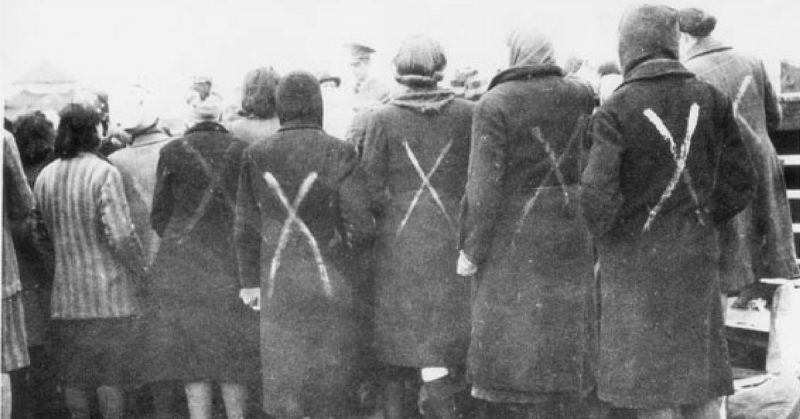Warning: Some readers may find the content of this article distressing
Dr. Beverley Chalmers’ latest book is Birth, Sex, and Abuse: Women’s Voices Under Nazi Rule (Grosvener House, 2015), which is undoubtedly a difficult read, but one that people should not shy away from. The truth can be hard to accept and this book’s subject is no exception to that rule. Her work sheds light on the horrifying experiences of many Jewish and non-Jewish women who were raped and brutalized, experimented upon, forced into prostitution, or compelled to undergo sterilization or abortion without consent.
Jewish women that made it to delivery had their babies taken away and killed in front of them. There were some German women who gave birth and then had their babies taken away from them to be put up for adoption.
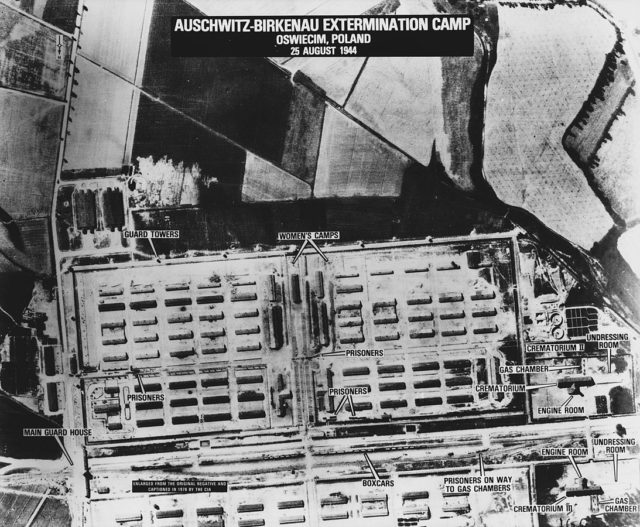
The Nazi agenda consisted of a wide range of actions intended to create a master race. However, Chalmers is the first person to highlight and deeply examine this specific aspect of the Holocaust. It took more than ten years of relentless and singularly-focused research on a difficult subject. Chalmers is a 65- year old expert on pregnancy and birth in arduous social, political, economic, and religious settings.
Before this publication, she had written about women who gave birth under Apartheid in South Africa and Communism in the former Soviet Union. Additional books authored by Chalmers reported on women victimized by female genital mutilation giving birth in Canada, and on women giving birth in highly-medicalized circumstances. But even with her background, this Holocaust subject matter took an emotional toll on her.
Chalmers is a 65- year old expert on pregnancy and birth in arduous social, political, economic, and religious settings. Before this publication, she had written about women who gave birth under Apartheid in South Africa and Communism in the former Soviet Union. Additional books authored by Chalmers reported on women victimized by female genital mutilation giving birth in Canada, and on women giving birth in highly-medicalized circumstances. But even with her background, this Holocaust subject matter took an emotional toll on her.

Chalmers described the whole experience as emotionally draining. She gave an interview to the Times of Israel from her home in Kingston, Ontario (Canada). She said, “My children suggested I write about something happier, but I kept going because these stories needed to be told. These women’s experiences needed to be brought to light and honored.” She felt this book was long overdue.
Chalmers was born in South Africa and worked as a professor at the University of Ottawa until last year. She read about 600 books and articles and thoroughly searched through the archives of Holocaust and World War II related institutions, including locations in Israel, the United States, and the UK, in hopes of finding documentary evidence and personal testimonies to support her work.
She did not expect to find memoirs and diaries from the war and the immediate period after to be so forward and blunt about what women went through in the ghettos, camps, and other areas under Nazi occupation. Despite these atrocities, almost no attention had been given to this part of history. Back then people were not open to hearing testimonies of this nature, nor were they able to comprehend the magnitude of the atrocities being committed by the Nazis. Plus, this was all happening at a time when open discussion about sex and sexuality had negative connotations.
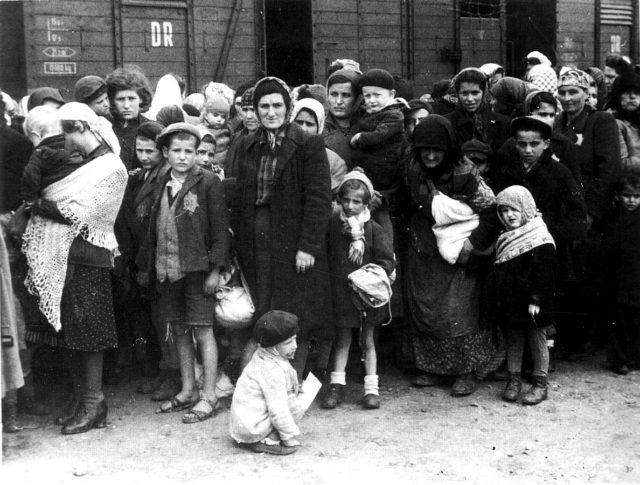
Testimonies that were given decades later were often watered down by victims. The survivors did not talk about anything related to sex in order to prevent their children or grandchildren from learning the details of their ordeal. The onset of the 1980s was the start of Holocaust scholars’ a specific interest in the specific experiences of women under Nazi rule during the war.
The main focus was about how women managed to keep their families intact and functioning after their husbands lost their jobs, got arrested, were shipped to concentration camps, or were ultimately killed. Chalmers added, “I think there was also very little mentioned about birthing experiences because of the strong feminism and spotlight on women’s careers in the 1980s.” It was all part of the systemic agenda to create a master race.
The book is broken up into two parts. Part one focuses on pregnancy and childbearing, and part two focuses on sexuality and sexualized abuse. The author highlights the experience of both Jews and non-Jewish Germans. The author knew this would be a controversial perspective to write about. However, to increase the integrity of her work she felt it was important to depict both the Jewish sides of things. This provides a more thorough picture of the Nazi agenda to create a master race.
Across 250 centers, a staggering 350,000 to 400,000 German men and women were forced into compulsory sterilizations. These heinous hardships were inflicted on both sides, but Chalmers recognizes the Jewish experience was far more horrific and unspeakable. Sterilization was utilized if you were “non- Aryan” or labeled as mentally or physically unfit in some capacity.
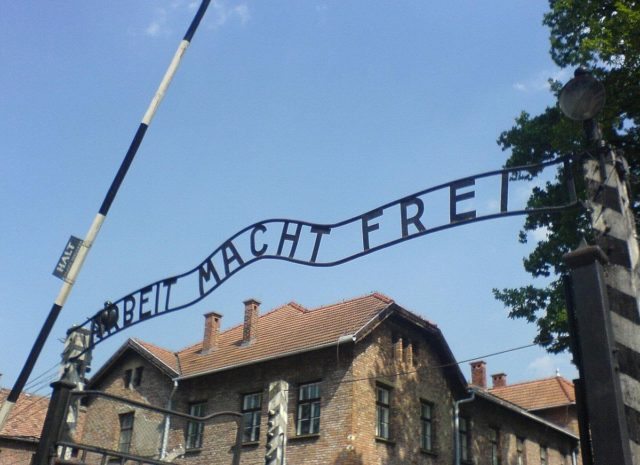
It only took the Nazis six months after coming into power to implement eugenic sterilization programs. There were members of various medical professions who took a role in this. They adopted the Nazi concepts of Rassenkunde (the study of race and theories of racial superiority) and Rassenschande (racial pollution, race defilement, or racial treason).
The German women who had “desirable” racial backgrounds had tons of pressure imparted on them to have children for the Reich. The women were expected to stay home and have children as the feminist movement was targeted. Aryan men whose wives could no longer have children (or could not have them at all) were pushed to divorce them so the men could take younger, more fertile wives.
It was all about the procreation of the superior race. Even sex outside of marriage was promoted; teens in the Nazi youth movement began sleeping around at young ages. Abortions for Aryan women were illegal, but illegitimate births were a non-issue.
Heinrich Himmler was a Reich leader of the SS. He introduced the Lebensborn Program in 1935 as a way to breed the SS into a biologically-elite group. SS families were given financial support and maternity care for single mothers. Some pregnant women were forced to reside in Lebensborn homes. In other cases, the babies were kidnapped from German families that the Reich declared unfit, and given to Aryan parents.
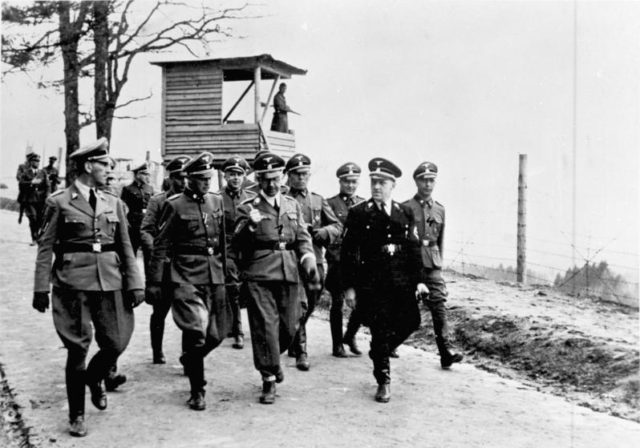
German women and women from territories conquered by Germany were used to serve German soldiers or foreign workers as prostitutes. Brothels were established inside the concentration camps, including Auschwitz. Some of the prostitutes were chosen from among the camp inmates.
There is some debate about whether or not Jewish women were used as prostitutes due to Rassenschande. But some historians reference reports that Jewish women were in fact used in the German brothels. They were used for military, SS, civilian population, and foreign workers.
Rape was never an official policy of the Nazis, which is why they set up brothels. After the fact, it was condoned. Historians see this differently in comparison to the Soviets, who sanctioned mass rape of hundreds of thousands of women in Germany and Austria by soldiers who were members of the Red Army in 1945.
Chalmers delves into great detail to provide readers with a real sense of what these Jewish women endured. She develops the experience of Jewish women in ghettos, in hiding, and in concentration and labor camps, in regards to pregnancy and childbirth. Most (not all) Jewish women who became pregnant had abortions under dangerously unsanitary situations. The progression of the pregnancy had no bearing on the decision.
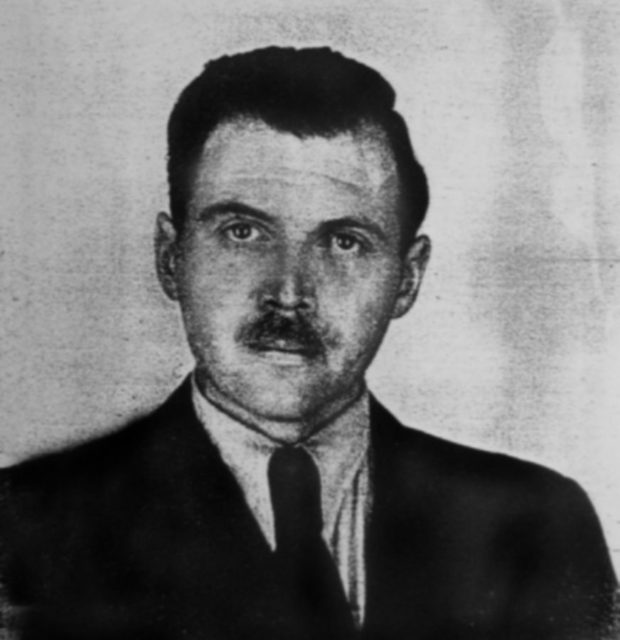
Dr. Gisella Perl was a Jewish doctor in Auschwitz-Birkenau. She testified in 1948 about her role in aborting fetuses to save mothers lives. The author quoted her:
“First, I took the ninth-month pregnancies, I accelerated the birth by the rupture of the membranes, and usually, within one or two days spontaneous birth took place without further intervention. Or I produced dilation with my fingers, inverted the embryo and this brought it to life… After the child had been delivered, I quickly bandaged the mother’s abdomen and sent her back to work. When possible, I placed her in my hospital, which was in reality just a grim joke… I delivered women in the eighth, seventh, sixth, and fifth month – always in a hurry; always with my five fingers, in the dark under terrible conditions… By a miracle, which to every doctor must sound like a fairy tale, every one of these women recovered and was able to work, which, at least for a while, saved her life.”
Any women who arrived at the camps pregnant or with babies and young children were immediately sent to the gas chambers. Dr. Josef Mengele, the infamous physician at Auschwitz, rationalized this brutality by stating:
“When a Jewish child is born, or a woman comes to camp with a child already… I don’t know what to do with the child. I can’t set the child free because there are no longer any Jews who live in freedom. I can’t let the child stay in the camp because there are no facilities… that would enable the child to develop normally.
It would not be humanitarian to send a child to the ovens without permitting the mother to be there to witness the child’s death… That is why I send the mother and child to the gas ovens together.”
Furthermore, Mengele and fellow Nazi doctors conducted various medical experiments on people in the camps. Many experiments revolved around trying to determine how to mass sterilize. Many of the tests involved drugs, x-rays, and chemicals which were excruciating for both men and women. These humans were treated worse than animals as doctors cut them open with no anesthetic to examine the treatments on the reproductive organs. These procedures often led to death.
Chalmers includes direct quotes from Aliza Barouch, who gave a testimony about her personal sterilization experience at Auschwitz. On three occasions she was exposed to two different x-ray machines for twenty-minute durations. All of her hair fell out, her skin turned black, and blood was found in her stool. A fellow Jewish prisoner who was a doctor was forced to conduct an ovariectomy on her.
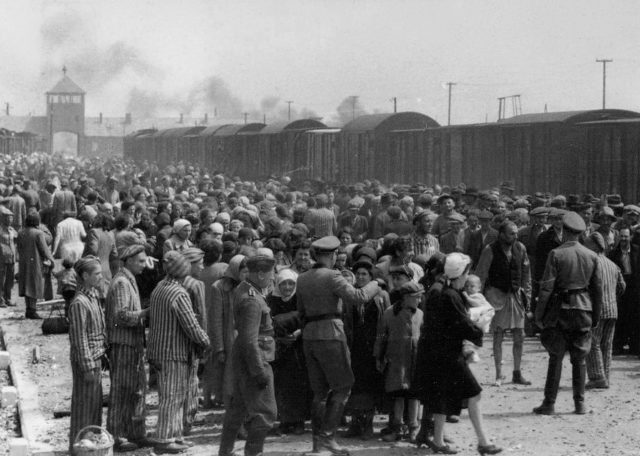
During the procedure, the doctor removed one ovary and part of her uterus. Barouch was able to have two children later on in life. However, she also had four additional babies that passed away just a few days after birth. Once the Nazis became aware that this doctor was trying to protect Barouch and other girls like her, he was immediately sent to the gas chamber.
The radiation endured by Barouch prevented the stitches from keeping her abdomen closed. This led to a bad infection. The Nazis only administered paper on the wound and closed it with a safety pin. For 11 months this poor woman experienced excruciating pain and a dangerously high fever. She was unaware of what had been done to her.
The book also tackles the issues of rape and sexualized brutality by using many graphic examples. The author includes a report from Junge Stimme (an underground Jewish newspaper) in October 1941. It describes Jewish women being dragged from their residence in Lvov with the help of Ukrainians. Many of these women had their breasts cut off, some were raped, and some endured both of these atrocities. This book is filled with a plethora of gut-wrenching stories like the ones above. It is a book that is anything but easy to read.
Chalmers was motivated to write this book because she feels the women who endured such experiences deserve to be honored. She is proud of the awards the book has won since it hit the market. Such awards include the National Jewish Book Award and the Canadian Jewish Literary Award.
One particular outcome truly moved Chalmers more than any award could. An elderly Holocaust survivor approached her at the Canadian Jewish Literary Award event. Chalmers said, “A woman came up to me. She pulled back her sleeve and showed me the number tattooed on her arm. Then she said, ‘I can die in comfort now. My story has been told.’” As an author, there really is not much else you can ask for; all her hard work was validated in that moment.
